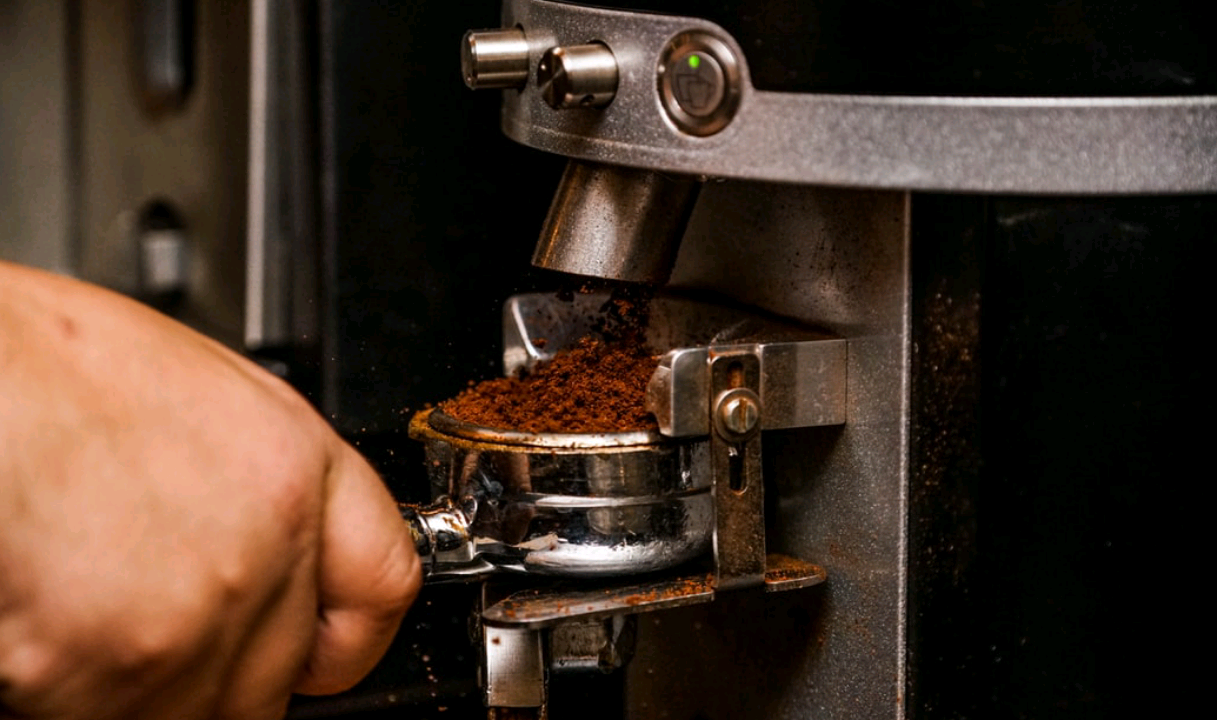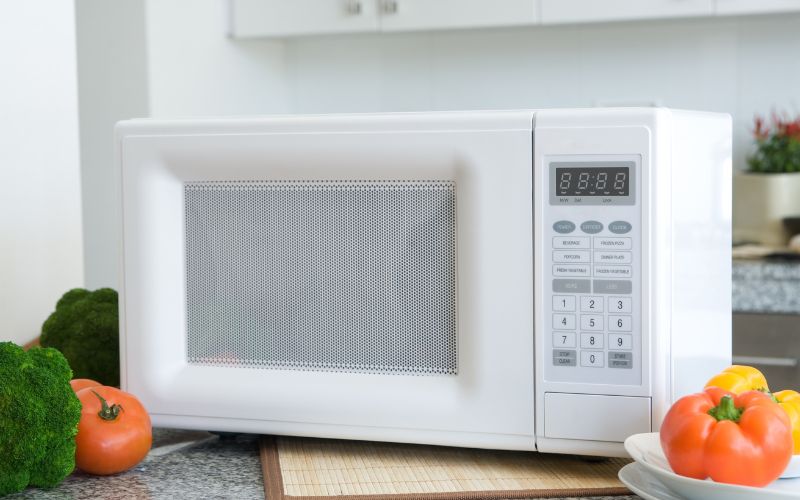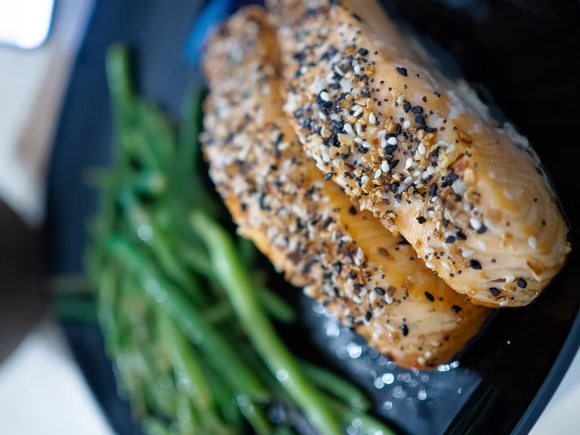When you first see any auto-functions on ovens, it can seem like a blessing. The problem is that all these functions have drawbacks that could outweigh the benefits. Before you activate the self-cleaning option on your oven, you need to know what the benefits and drawbacks are as well as whether or not you should use it.
The Benefits
The primary benefit of the self cleaning cooker is the convenience. These ovens eliminate the need to scrub the oven for hours and spend time scraping food residue. While the oven is being cleaned, you can concentrate on other household duties or relax. Of course, there is a minimal amount of cleaning required after the self-cleaning process has run.
The next benefit is the safety on offer. Self-cleaning does not require any chemicals and solvents that can be toxic in certain cases. All you will need is a damp cloth and some baking soda or lemon juice to finish the job.
The last benefit of this function is the energy efficiency. If you run the function after you have cooked a meal, you will reduce the energy costs related to this. To get this full benefit, you should not use the self-cleaning function more than six times in a single year.

The Drawbacks
There are many drawbacks to using a self-cleaning oven with the first being the smoke and odor. To clean the interior, this function uses high heats that cook the leftover food and grease. This process will produce smoke and odors that you do not want in your home. If the oven is particularly dirty, the smoke can be excessive and set off smoke alarms while causing eye and lung irritation. This smoke is more common when the oven is stained from sugary foods.
Another drawback is the dangers of the high temperature used by self-cleaning ovens. When the function is on, the oven can become very hot to the touch. This means they should not be left unattended if you have pets and children. Pet birds will be particularly sensitive to the smoke and gas generated during this function which is why you should remove them. If anyone in your family has asthma, this function can trigger an attack and it will be a fire risk if you do not supervise it.
The next drawback is the fact that this function is not a complete process. There is still work that needs to be done after the function has run. Hand cleaning will need to be done around the seals, frames and door edges. If there are any particularly large food particles, you will need to loosen them before the function is started. Racks have to be removed and hand-washed because the temperatures used can damage them.
The last drawback is the risk of damage to the oven. Newer ovens will have heating elements in the ceiling and under the oven floor which is an improvement over older models. The problem is that air circulation is restricted. This can be particularly damaging when the temperatures exceed 1000°F. In certain situations, this can result in control panels being damaged and large repair costs.
Should You Use The Function?
If convenience is what you want, this function can be hard to resist. If you want to use the function, you should run it for an hour instead of several hours. This reduces the chance of problems while providing you with some of the benefits.






